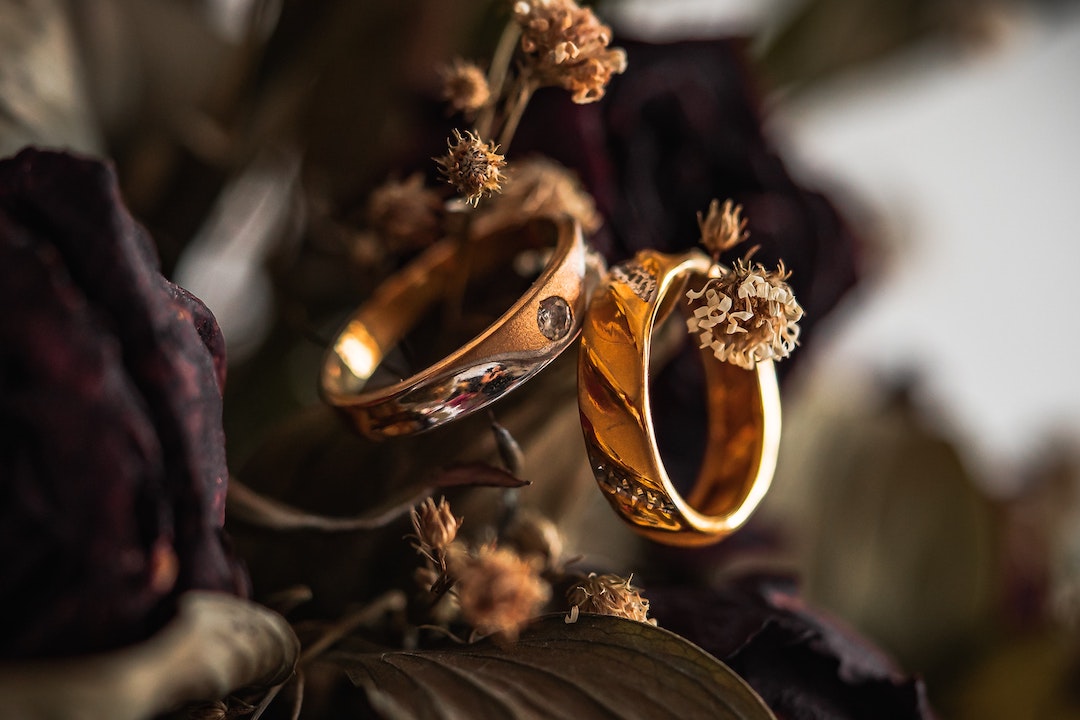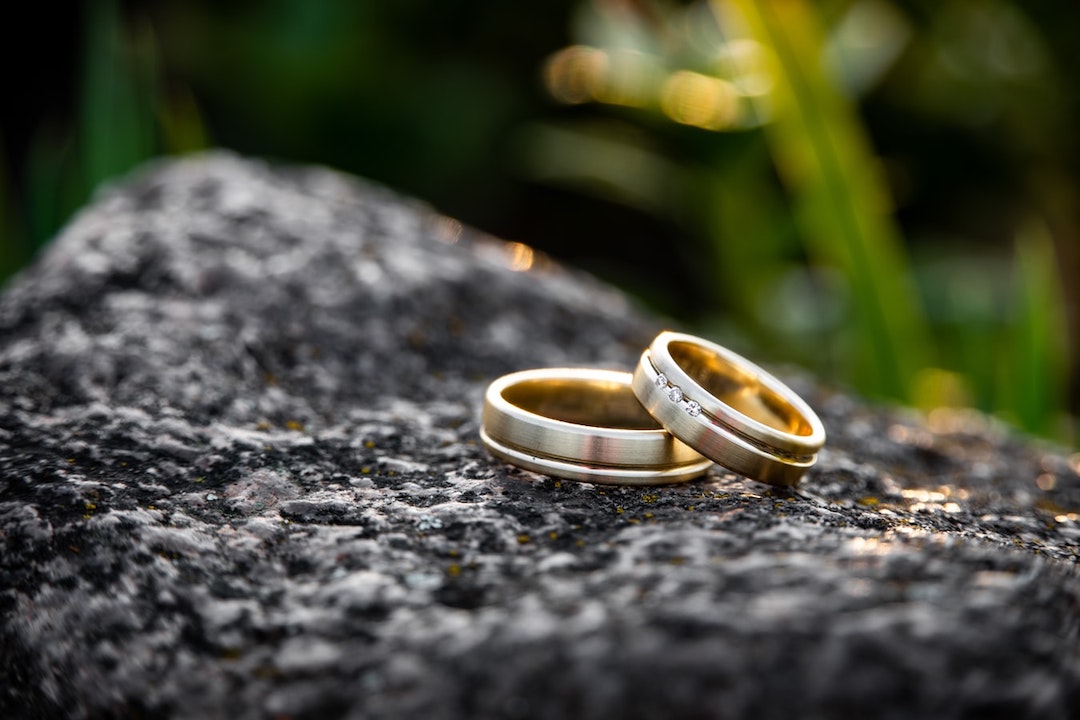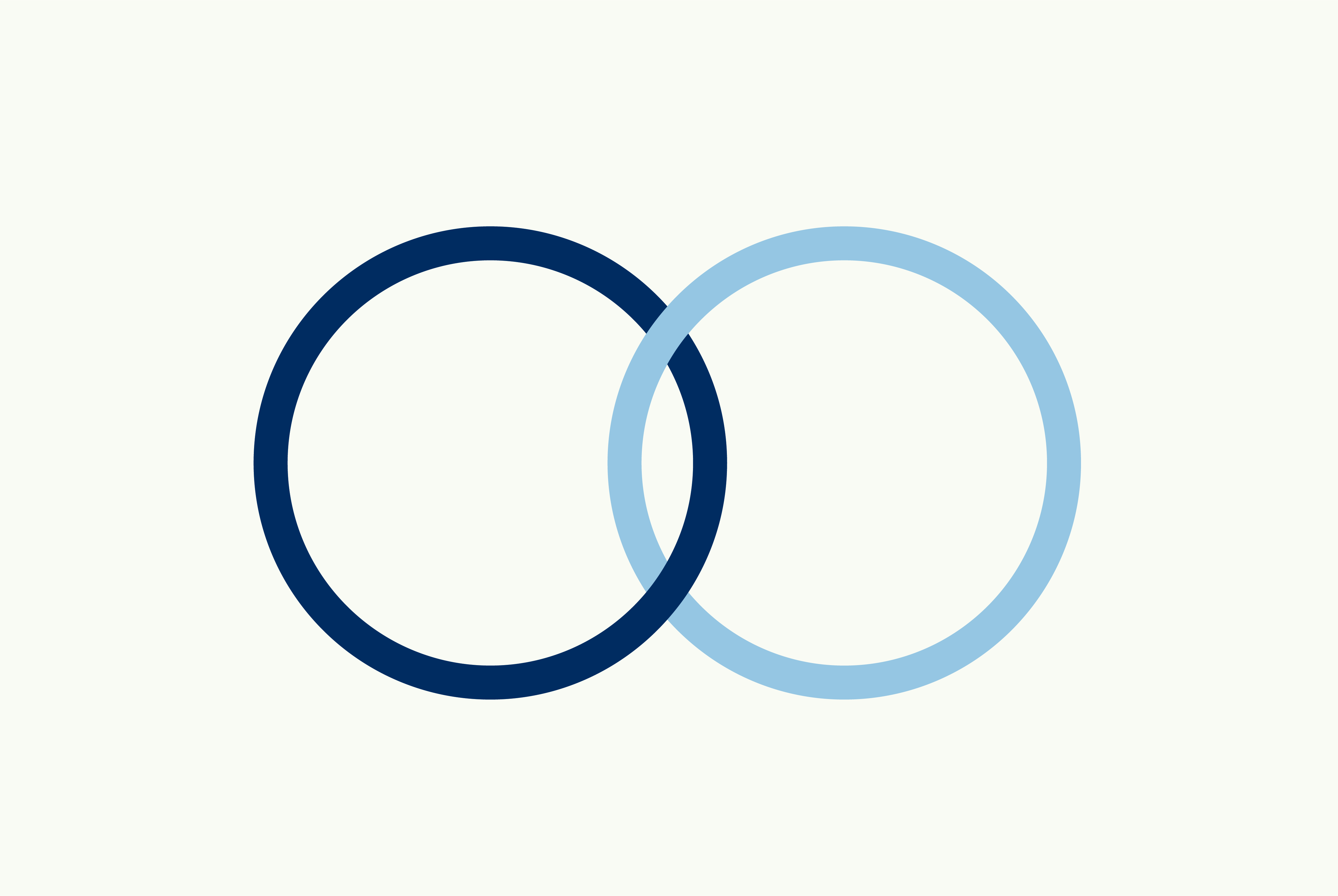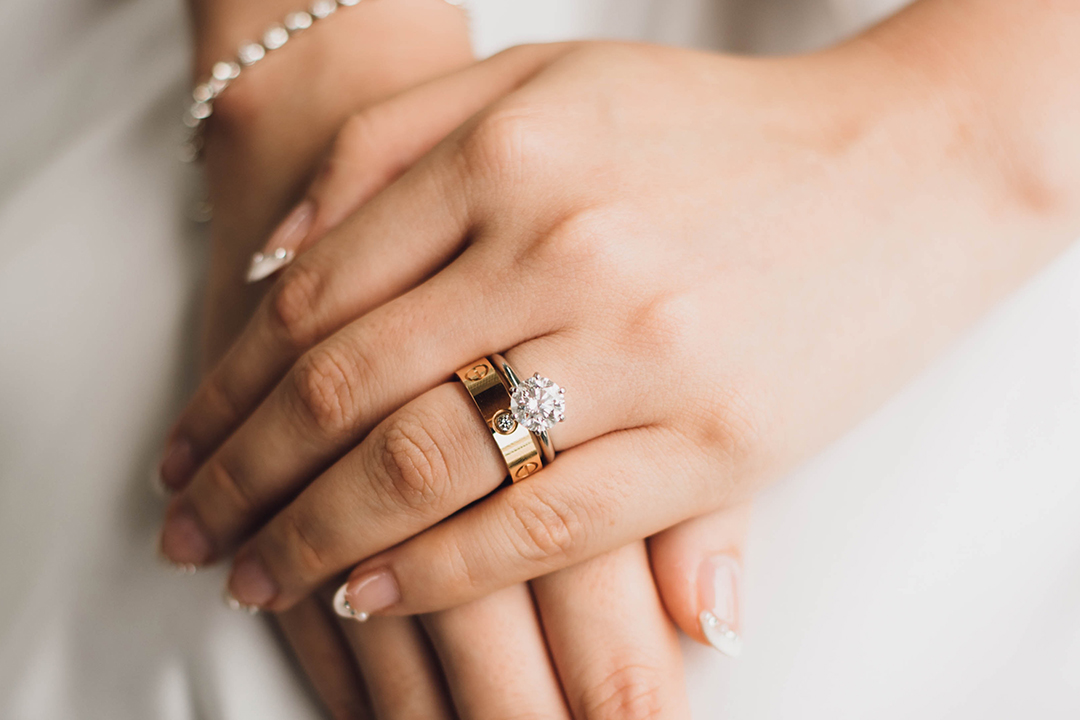- Expert advice/
- Getting engaged/
- Rings/
- 18 Karat Versus 24 Karat Gold Rings
- Rings
18 Karat Versus 24 Karat Gold Rings
The differences between 18 karat and 24 karat gold—and how it factors into choosing your engagement or wedding ring.
Last updated February 5, 2024

-
Chocolate wedding favors are a delicious idea for sending guests off with a sweet treat at the end of a fun evening.
-
Choose seasonally appropriate chocolates, like S’mores, for a summer wedding or hot chocolate mix for winter nuptials.
-
You can choose elegant chocolate favors, like geometric truffles, or even put your faces on M&M’s.
When it comes to choosing an engagement ring or wedding ring, there are a lot of decisions to make. What kind of style do you want? If you’re getting a diamond, do you want to go with a traditionally mined stone or a lab-grown diamond? And if you’re forgoing a diamond for a more unique wedding ring, what stone (such as sapphire, aquamarine, or emerald) are you going for?
In addition to the style and stone you want for your ring, you also need to think of the material of the ring itself.
Many couples choose gold for their wedding band or engagement ring setting. But, even if you decide gold is the right fit for your ring, there might be one more question to navigate—and that has to do with the karat.
If you’ve been looking at gold for your ring and aren’t sure what the difference between 18 karats and 24 karat gold is (or if it matters!), let’s take a look at 18 karats versus 24 karat gold.
What Does “Karat” Mean?
Before we jump into the differences between 18 karats and 24 karat gold, let’s quickly cover what that “k” stands for—and that’s karat.
A karat is a unit that’s used to measure the purity and quality of gold. The higher the karat, the purer the gold.
The highest karat rating is 24 karat, which means that the gold hasn’t been mixed with any other metals; essentially, it’s pure gold. Anything less than 24 karat means that the gold was mixed with another precious metal, such as silver or copper.
The Difference Between 18 Karat Gold and 24 Karat Gold

So, now that you understand what the “k” stands for in 18 karats and 24 karat gold, let’s cover the major differences between the two karats.
Purity
As mentioned, 24 karat is the highest karat rating, so when you purchase a piece of jewelry that’s 24 karat gold, you’re dealing with a piece that’s virtually 100 percent gold.
Eighteen karat gold, on the other hand, has a three-to-one ratio of gold to other metals. So, when you purchase a piece of 18 karat gold jewelry, the piece's gold content is 75 percent and the other 25 percent consists of alloyed metals.
Color
When it comes to color, pure gold is more of a yellow hue—so, thanks to its purity level, 24 karat gold have a distinct (and bright!) yellow color.
Because 18 karat gold is mixed with other metals, it doesn’t have that “OMG it’s yellow” vibe going on—and, depending on the alloy metal it’s mixed with, 18 karat is available in a variety of shades and colors (such as white gold, rose gold, or a more copper-toned gold).
Durability
You would think that pure gold would be stronger than a gold alloy that’s mixed with other metals, right? Wrong.
Twenty-four-karat gold is soft, pliable, and prone to scratching and other damages, making it a challenging material to work with (and not the most practical material for fine jewelry that’s going to be worn daily—such as an engagement ring or wedding band).
The addition of other alloyed metals makes 18 karat gold more durable than its purer counterpart; it’s stronger, sturdier, and better able to withstand the wear and tear that goes along with wearing a piece of jewelry day in and day out.
Value
Another difference between 24 karat gold and 18 karats gold is the price tag. Because 24 karat gold is purer than 18 karat gold, it’s more expensive—and you can expect to pay more for the same weight in 24 karat gold than you would for 18 karat gold.
Uses
Thanks to its durability, versatility, and variety of shades, 18 karat gold is a go-to for the jewelry of all sorts—including wedding jewelry.
On the other hand, while there is certainly 24 karat gold jewelry available on the market, that’s not the most popular use for 24 karat gold. Because 24 karat gold is as pure as you can get, many people buy it as in investment—and buy it in more investment-friendly forms (such as gold bars or coins).
Which Is Right for Your Wedding Ring?

So, bottom line: When it comes to choosing a gold engagement ring or wedding band, which should you go for—18 karat or 24 karats gold?
Pretty much any way you look at it—including from durability, affordability, and aesthetic perspective—18 karat gold is the clear frontrunner for wedding jewelry. Because of its mixture with other metals, 18 karat gold is better able to withstand the wear and tear of daily use, it comes in a wider variety of shades and colors, and it has a lower price tag, which makes it easier to work into your wedding budget. What’s not to love?
Now, that being said, if your heart is set on 24 karat gold for your engagement ring or wedding band, go for it. It’s your ring and you should get the ring that feels right for you. Just make sure to talk to your jeweler about how to best care for your ring, prevent any damage, and ensure that it stays in tip-top shape on the top of your finger.
Up next for you

A Guide to Wedding Rings
Inspiration
From how much you should expect to spend on a wedding ring to tips for how to choose the right one for you, check out this guide on wedding ring styles, types, and materials.

The 10 Most Popular Wedding Ring Styles Right Now
List
We talk carats, cuts, cost, and comfort when choosing wedding ring styles in 2021.
- Expert advice/
- Getting engaged/
- Rings/
- 18 Karat Versus 24 Karat Gold Rings
Find even more wedding ideas, inspo, tips, and tricks
We’ve got wedding planning advice on everything from save the dates to wedding cakes.
